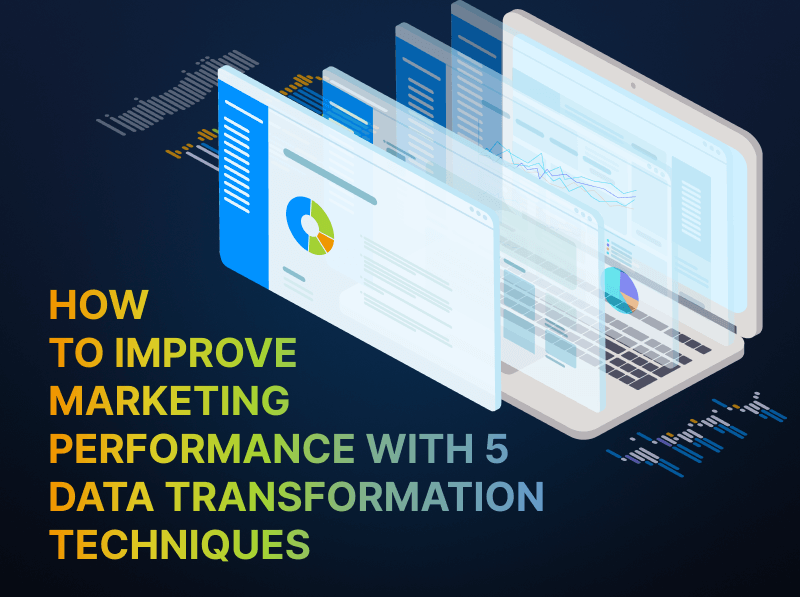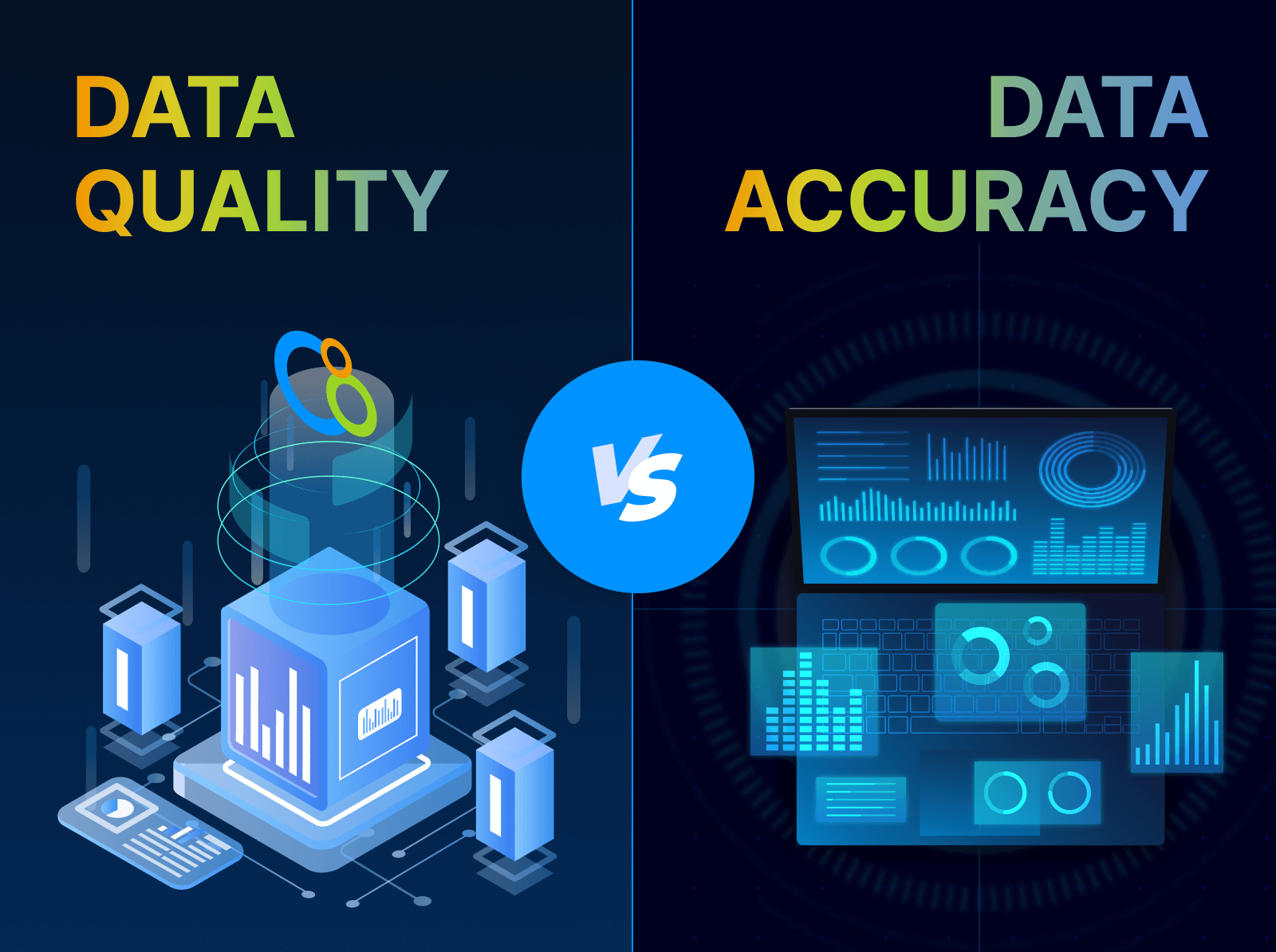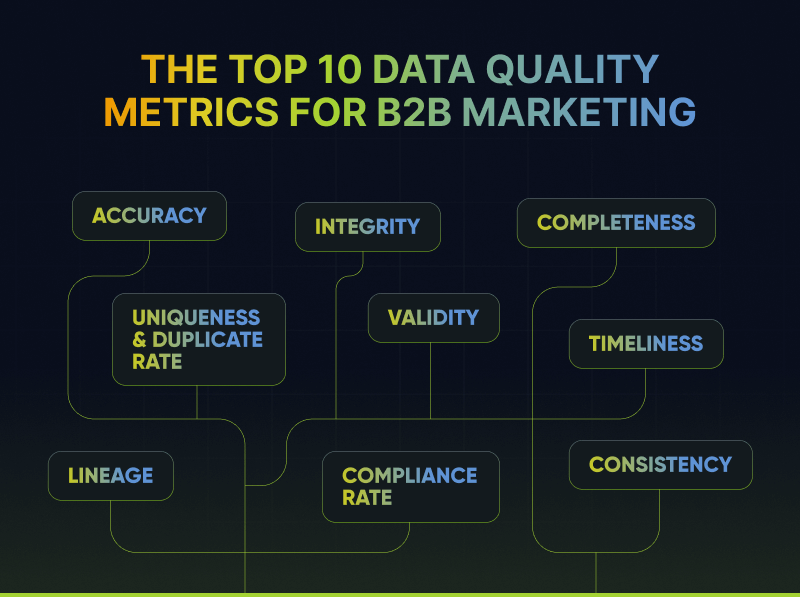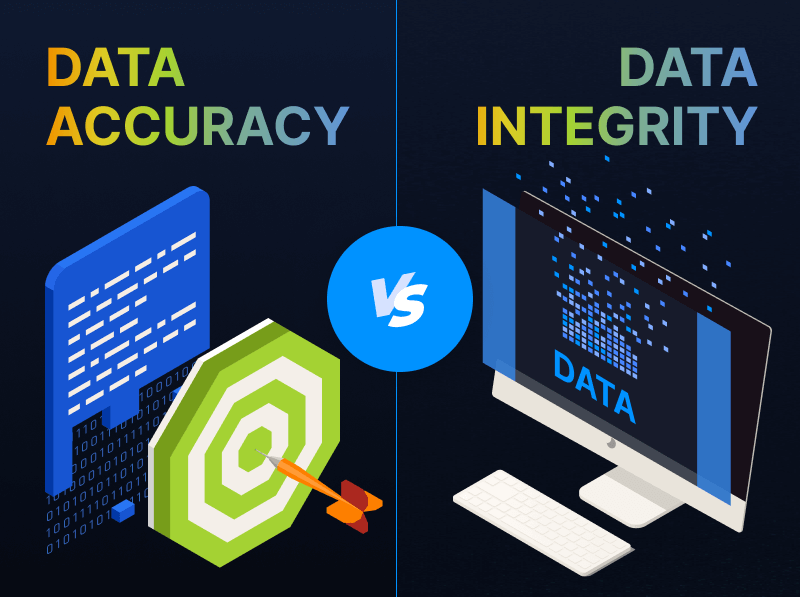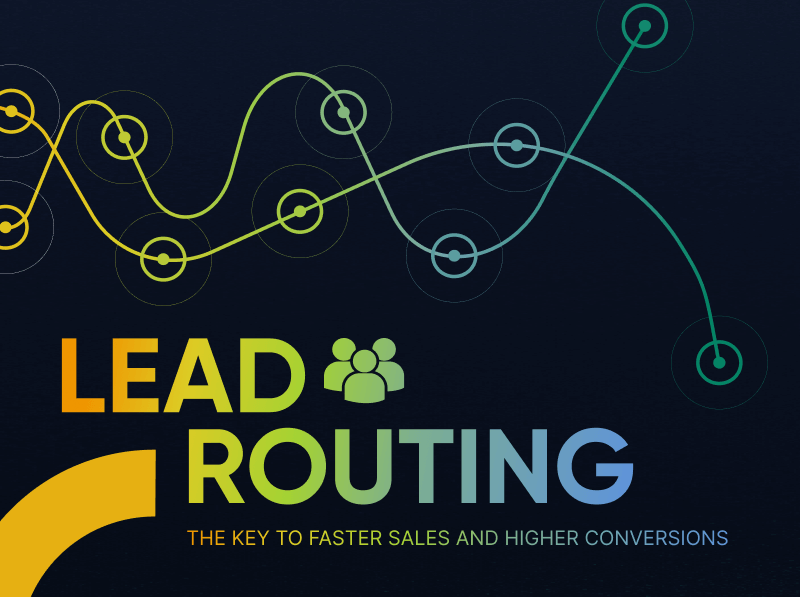How to Improve Marketing Performance with 5 Data Transformation Techniques
You dream of building a skyscraper with ambition to rival the giants in Dubai, Kuala Lumpur, and Shanghai. Where do you start? A stable foundation, a foundation with materials that have been refined and reinforced. Without this, cracks will appear, and the entire structure will collapse. Even if it’s just Legos.
Maybe engineering isn’t your thing, you’re more into languages, fascinated by people and world cultures. So you become a skilled translator, ensuring that all pieces of the linguistic puzzle are converted in a uniform, understandable format to convey ideas and connect. Without accurate translation, there is no use.
Or perhaps you prefer to work with your hands so you take up mining. The gold ore you mine is contaminated with impurities. It holds enormous potential value, but without extraction and refinement, it remains unusable.
Just as refined materials, accurate translation, and pure gold provide value in their respective domains, structured and transformed data serves as the foundation for effective decision-making, marketing, and operational efficiency in business. Marketing operations professionals, perhaps needing a brief mental reprieve from sitting behind a computer, can envision themselves as master builders, translators in an exotic place, or rugged miners striking gold. Marketing operations professionals make data more valuable by transforming it. Raw data often arrives in different formats, languages, and structures, making it difficult to use effectively. Data transformation is the mining and refining process, removing impurities and enriching the data to make it truly actionable for marketing and business decisions.
Data transformation is the process of converting, structuring, and optimizing raw data into a format that is clean, reliable, and actionable for marketing and business decisions. It ensures that data from multiple sources is standardized, enriched, and structured to improve data ingestion and usability within enterprise systems.
Data Transformation Techniques
Effective data transformation follows a structured approach that ensures all data is accurate, consistent, and ready for downstream activation. Here are the key techniques used in data transformation:
1. Standardization & Normalization
- Ensures data consistency by applying uniform values across fields.
- Standardizes job titles, company names, industry classifications, and regional formatting.
- Converts date formats, phone numbers, and other structured fields into a unified format.
2. Data Cleaning
- Identifies and removes duplicates from lead records.
- Corrects errors, missing values, and formatting inconsistencies.
- Eliminates special characters, spaces, and incorrect field mappings that cause errors in CRM or marketing automation platforms.
3. Data Enrichment
- Enhances lead data by adding firmographic and demographic details.
- Fills in missing fields, such as company size, revenue, and industry.
- Matches leads to buying groups and target personas for improved segmentation.
4. Value Mapping & Format Conversion
- Aligns lead data with CRM and MAP taxonomy requirements.
- Converts raw data into actionable insights by ensuring field-level consistency.
- Maps incoming lead data to predefined categories and segments.
5. Automated Workflow Integration
- Ensures transformed data is automatically routed to marketing automation (MAP), CRM, or customer data platform (CDP) systems.
- Applies business rules and logic to segment, score, and activate leads efficiently.
- Automates repetitive tasks, reducing manual intervention and errors.
Why Data Transformation is Important
Optimizes Marketing & Sales Operations
- Streamlines the lead management process by ensuring data is structured and actionable.
- Reduces the time spent manually correcting and processing lead data.
- Ensures leads move smoothly through marketing systems by matching taxonomies.
- Improves team collaboration by ensuring marketing and sales teams work with trusted, validated leads.
Boosts ROI and Campaign Performance
- Helps marketers target the right audience with personalized messaging.
- Provides actionable insights into lead quality, conversion rates, and partner performance.
- Enhances predictive analytics by feeding high-quality data into AI-driven marketing systems.
When Does Data Transformation Happen in the Data Lifecycle?
Data transformation takes place after lead ingestion but before data validation to ensure that raw data is structured, standardized, and enriched for further processing.
Lead Ingestion
Lead ingestion is the initial step in the data lifecycle, where raw lead data is collected from multiple sources such as web forms, CRM systems, events, and third-party providers. At this stage, data is unstructured and may contain inconsistencies, redundancies, or missing fields.
Data Validation
Data validation is a separate step from transformation. It ensures that transformed data meets quality, accuracy, and compliance standards before entering marketing or sales workflows. Validation objectives include:
- Data accuracy with rules and potential third-party verification to confirm data authenticity
- Data compliance and Privacy with consent verification for GDPR, CCPA, and other regulations.
- Data quality validation by applying business rules to accept or reject lead entries based on predefined criteria
By positioning data transformation between ingestion and validation, businesses can ensure that only clean, enriched, and structured data reaches the validation phase, ultimately improving marketing and sales outcomes.
Customizable Data Transformations
Integrate’s customizable data transformations let marketers control how channels and data are managed, ensuring only high-quality, marketable data flows into connected systems. Transformations like standardizing, normalizing, correcting, and enriching reduce manual work and minimize wasted spend. Learn more about this process on Integrate’s Lead Management Platform.
Conclusion
Data transformation is the foundation of effective lead management. By cleaning, enriching, and structuring data before activation, businesses can make smarter marketing decisions, reduce inefficiencies, and ensure compliance. With Integrate’s automated data transformation capabilities, marketing teams can ensure every lead is actionable, high-quality, and optimized for conversion.
Looking to improve your lead quality and data governance? Learn more about how Integrate’s Lead Management Platform can help transform your marketing data into a powerful business asset.
